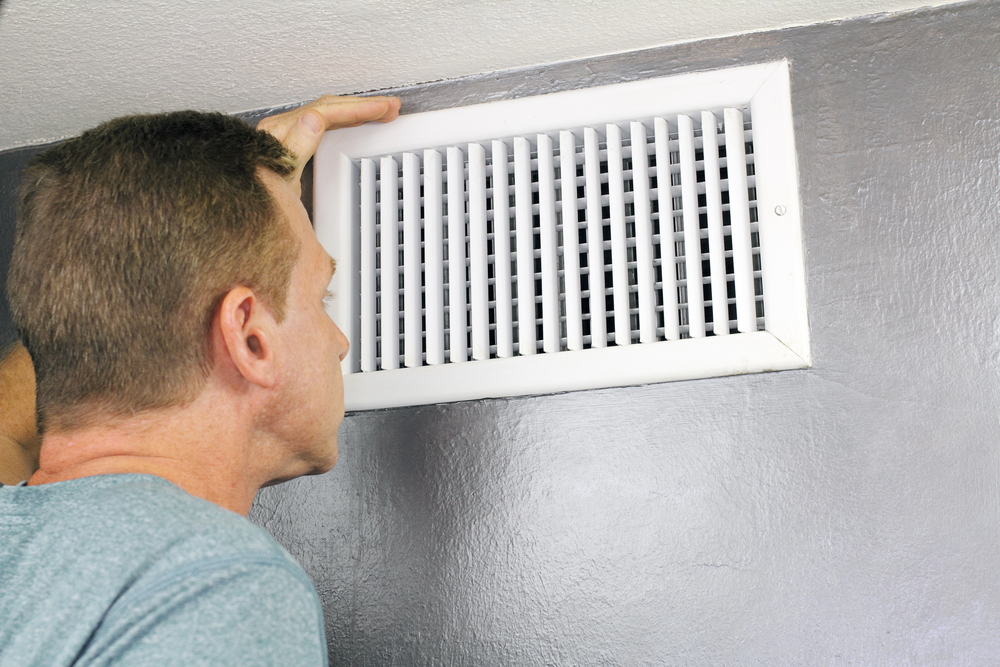 You might not give your heating and cooling system much attention as long as it works fine. However, when the unit needs maintenance, repairs, or total replacement, all the terms thrown at you can be confusing. If you want to really understand how your system works, so you can better care for it, check out these eight common heating and cooling terms you should know.
You might not give your heating and cooling system much attention as long as it works fine. However, when the unit needs maintenance, repairs, or total replacement, all the terms thrown at you can be confusing. If you want to really understand how your system works, so you can better care for it, check out these eight common heating and cooling terms you should know.
1. Dehumidifier
A dehumidifier is a feature provided by some HVAC systems. If you live in an area with a lot of moisture in the air, this feature is a must. On the other hand, if you live in an area with dry air, talk to your HVAC technician about a system with a humidifier. Adding moisture to the air can reduce skin, eye, and throat irritation.
2. Heat Gain
Heat gain happens when the outdoor temperature is hotter than the indoor temperature of your home. As a result, if there is any way inside, the heat will find it. Heat can pass through cracks, holes and windows. In the winter, however, you can also experience heat loss as the hot air inside your home is sucked outside.
3. Duct
Many heating and cooling systems are forced-air systems, which just means the air is forced or blown through. To reach your living space, however, the air needs a path: ducts. Ducts sit inside your walls, ceiling, floor, etc. A good duct system has no leaks and is well-insulated.
4. Package Unit
A package unit consists of one unit that sits outside your house on a cement slab or on the roof (for flat roofs). It works with your regular ducts to transport heat through the house. If you don’t have ducts, they can be expensive to install, so consider a mini-split system instead. These use wires and tubes to send air from an outdoor unit to several indoor units.
5. Zoning
If you have parts of your home you don’t use often, you need to consider zoning. Zoned heating refers to heating different areas of your home, such as the first floor. With zoned heating, you can have the first floor heated or cooled while the unused upper floor is left untreated. A mini-split system is a great way to naturally create zoned heating, but you can get a packaged unit with this feature too.
6. SEER
The SEER (seasonal energy efficiency ratio) refers to how efficient your air conditioning system is. The ratio is determined by comparing the average cooling output for a standard summer to how much power your system used. Typically, the higher the number, the more efficient the system.
7. Heat Pump
A heat pump is a different way to heat and cool your home. It sends heated air outside and cold air inside during the summer and vice versa during the winter. Pumps aren’t as efficient as forced-air systems, but they are energy efficient. You still need a duct system with a heat pump.
8. Refrigerant
Refrigerant is used to create cooled air. In the past, R-22 Freon was the go-to refrigerant, but this type of Freon is terrible for the environment. For this reason, only older systems may still have R-22 Freon. More modern systems use R-410A, which is safe for the ozone.
A good HVAC system is a must to keep your home comfortably cool or warm. However, unless you are familiar with HVAC terms, you may not be able to maintain your system properly. With knowledge about HVAC terms, however, you are better prepared for repairs and replacement. For more information, or if you would like to get a quote for a new system or repair, contact us at Steele Bros Heating, Inc.
